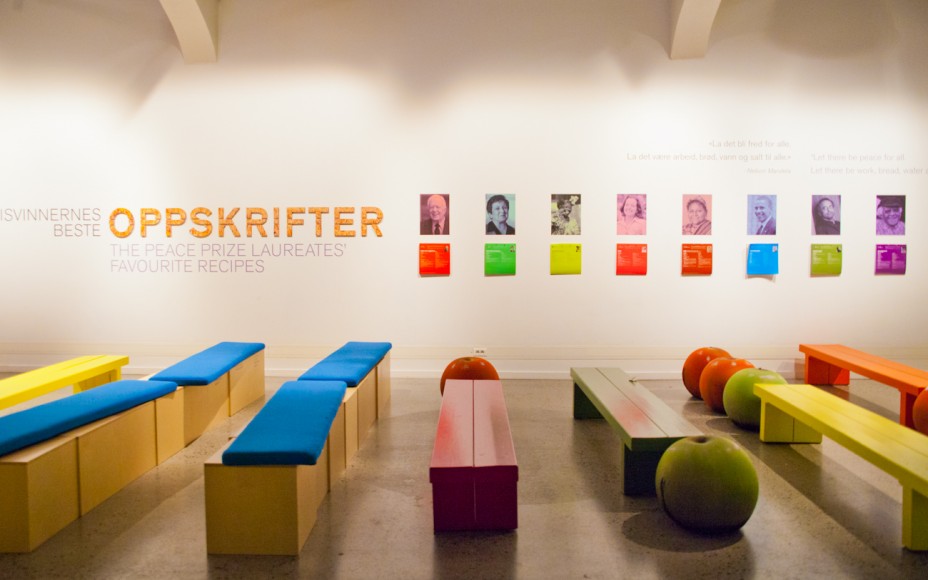Food Studio / Nobel Peace Center
What happens when Food Studio teams up with the Nobel Peace Centre to create a feast amongst the 25 pictured families in the “What the World Eats” exhibition? We invited our guests to explore an extraordinary space and get to know how food travels across the world, landing on our plate.
One of the most striking aspects of the photos in the "What The World Eats" exhibition at the Nobel Peace Center is the contrast between raw foods and industrial products. What implications does this have for not only the health of the people, but also for some of the biggest challenges we're facing as a whole planet?
For our dinner at the Nobel Peace Center, centered around the "What the World Eats" exhibition, chefs Diego Virgen and Alisa Larsen wanted to play around with the idea of sharing food. Drawing inspiration from food culture abroad, they combined local and seasonal produce with foreign ingredients to create an immediate pathway to the rest of the world.
What happens when Food Studio teams up with the Nobel Peace Centre to create a feast amongst the 25 pictured families in the “What the World Eats” exhibition? We invited our guests to explore an extraordinary space and get to know how food travels across the world, landing on our plate.
As a member of the Koperativet you get a bag of the best seasonal and locally produced vegetables from biodynamic or organic farmers. Food from farmers who run their farms with great dedication, knowledge and love. We have used these bags as the starting point for our courses and when you have the ingredients in your kitchen. Your job is to use, prepare and enjoy this food so that all the love and nourishment contained in the raw materials becomes available to you.




